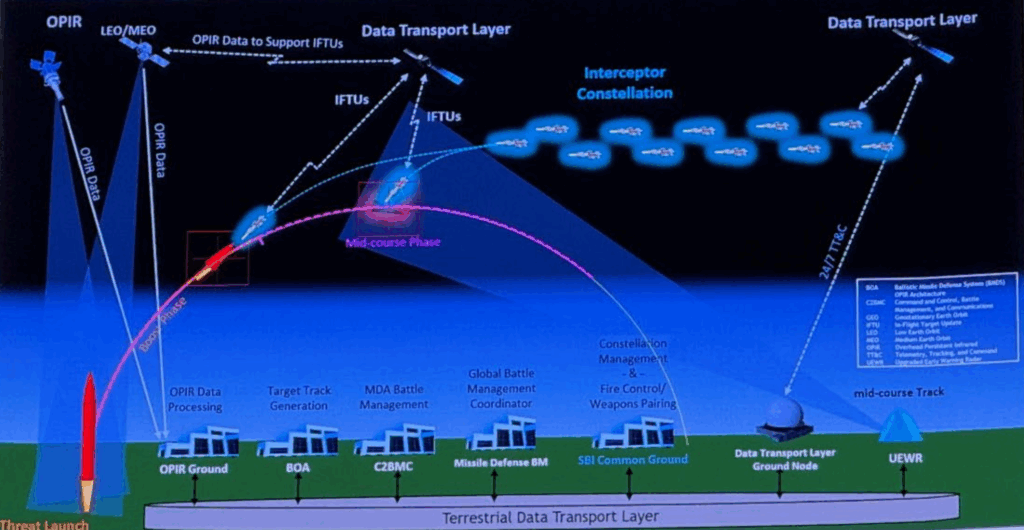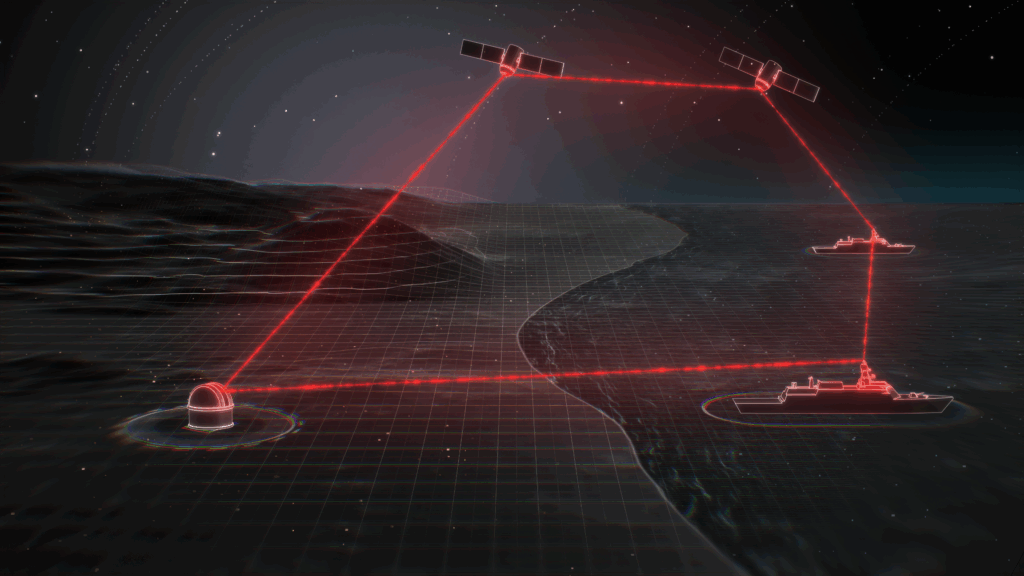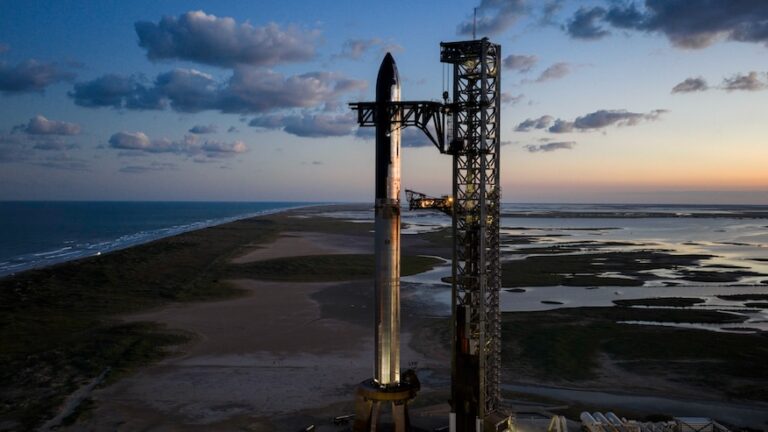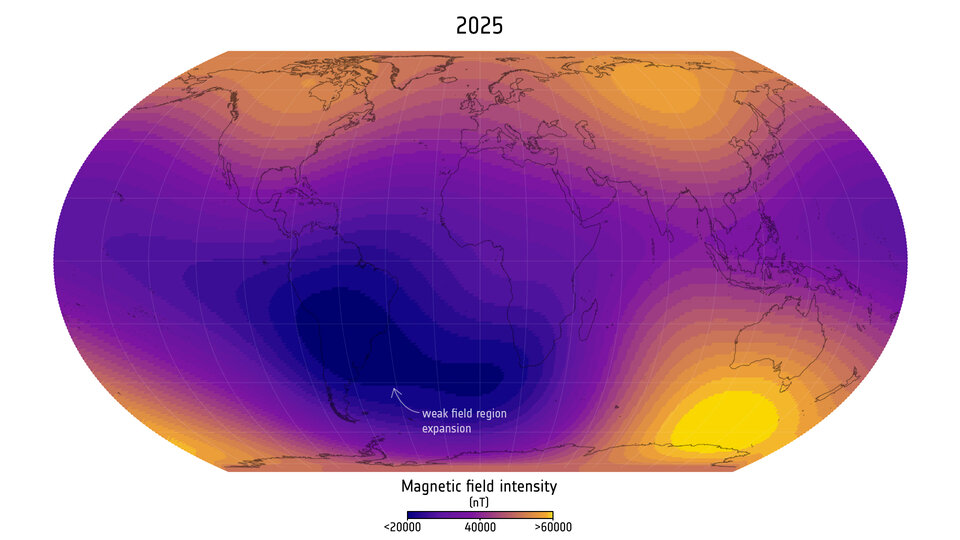Now Reading: SpaceX prepares for next Starship test flight
-
01
SpaceX prepares for next Starship test flight
SpaceX prepares for next Starship test flight
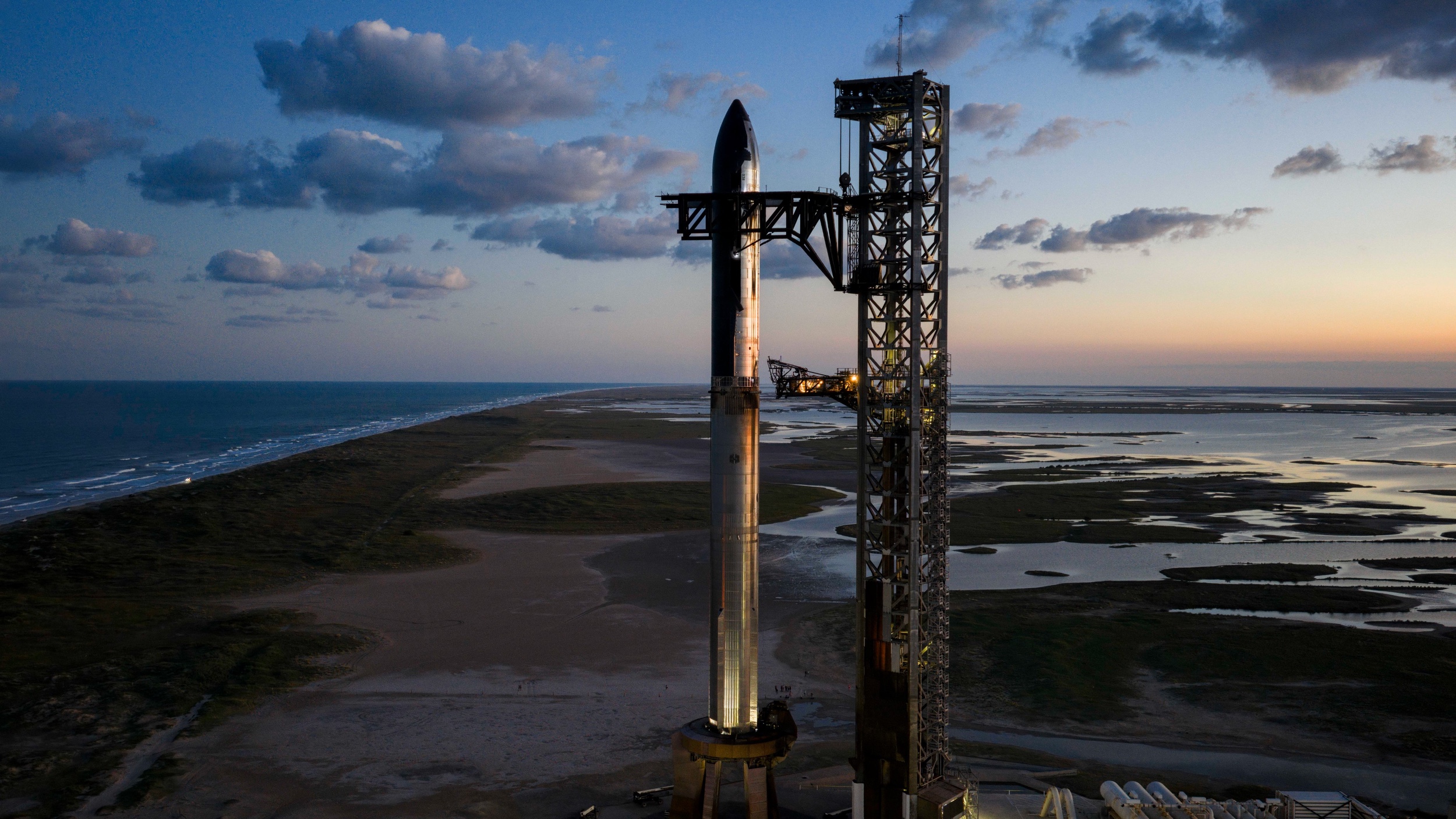

WASHINGTON — SpaceX is set to conduct its next Starship test flight as the company continues to test the launch vehicle and play well with others in airspace.
The Flight 11 mission of Starship is scheduled to launch from the company’s Starbase test site in South Texas at 7:15 p.m. Eastern on Oct. 13. SpaceX said in a social media post Oct. 12 that there is an 80% chance of favorable weather for the launch.
The mission will be another suborbital flight similar to the Flight 10 mission in August. It will include deployments of mass simulators of next-generation Starlink satellites and a relight of a single Raptor engine while Starship is in space. SpaceX also plans to test the vehicle’s thermal protection system and perform a “dynamic banking maneuver” before splashdown in the Indian Ocean, analogous to the maneuver the vehicle will perform on later flights when returning to Starbase.
The Super Heavy booster used for Flight 11 first launched on Flight 8 in March and includes 24 previously flown Raptor engines. SpaceX said it will use the booster to test different engine configurations for its return to Starbase, although the stage will intentionally splash down offshore on this flight.
This will be the final flight of version 2 of Starship, which suffered mission-ending malfunctions on its first three launches in January, March and May before completing its planned mission on the August flight. The more powerful version 3 of the vehicle is expected to debut as soon as the end of this year.
On its webpage outlining the upcoming flight, SpaceX emphasized the limited impact that the launch will have on air traffic, citing experience from Flight 10 in August.
“SpaceX works closely with the FAA and international air traffic organizations to efficiently and safely integrate all launch and reentry operations into the airspace,” the company stated. “During Starship Flight 10, the FAA reopened all affected airspace within nine minutes, with some portions reopening within seven minutes, and there was no meaningful disruption to air traffic.”
That focus comes as the company faces opposition to plans to perform Starship launches from Florida. Separate environmental reviews are underway for Starship operations from Kennedy Space Center’s Launch Complex 39A and Cape Canaveral Space Force Station’s Space Launch Complex 37, formerly used by the Delta 4.
A draft environmental impact statement for Starship launches from KSC, which reviews the effects of 44 launches and 88 landings per year, cited the potential for flight delays at several major Florida airports of between 40 and 120 minutes for launches and 40 to 60 minutes for landings.
“There is the potential that there is going to be significant impact to commercial aviation,” John Tiliacos, chief operating officer of Tampa International Airport, said at a virtual public hearing Sept. 3 about the draft environmental report. “That’s something that the FAA needs to give consideration to and, frankly, come up with a plan to mitigate that.”
SpaceX, in a statement posted on its website last month, emphasized its efforts to minimize the impact of launches on airspace and other users. “SpaceX continually works with the FAA to understand the best approaches to efficiently integrate launch and reentry operations into the National Airspace System,” the company stated, noting that for Falcon launches from Florida, “many critical air travel routes around the Space Coast remain open during SpaceX rocket launches, and any localized airspace closures are released as little as three minutes after liftoff.”
The company added that the large aircraft hazard areas, or AHAs, included in the environmental assessment, which drive the potential for delays at Florida airports for Starship launches, can be reduced over time.
“The AHAs and accompanying descriptions published within the recent Launch Complex 39A draft Environmental Impact Statement are extremely conservative by nature and are intended to capture a composite of the full range of worst-case outcomes, but not any single real-world operation,” the company stated.
“SpaceX fully anticipates actual, implemented AHAs will be both far smaller in geographic scope and far shorter in duration, validated by the robust flight data and heritage we are building from Starbase,” it added.
Stay Informed With the Latest & Most Important News
Previous Post
Next Post
-
 012024 in Review: Highlights from NASA in Silicon Valley
012024 in Review: Highlights from NASA in Silicon Valley -
 02Panasonic Leica Summilux DG 15mm f/1.7 ASPH review
02Panasonic Leica Summilux DG 15mm f/1.7 ASPH review -
 03How New NASA, India Earth Satellite NISAR Will See Earth
03How New NASA, India Earth Satellite NISAR Will See Earth -
 04And Thus Begins A New Year For Life On Earth
04And Thus Begins A New Year For Life On Earth -
 05Astronomy Activation Ambassadors: A New Era
05Astronomy Activation Ambassadors: A New Era -
06SpaceX launch surge helps set new global launch record in 2024
-
 07Space Force plans new ‘Futures Command’ amid pressure to speed up modernization
07Space Force plans new ‘Futures Command’ amid pressure to speed up modernization












